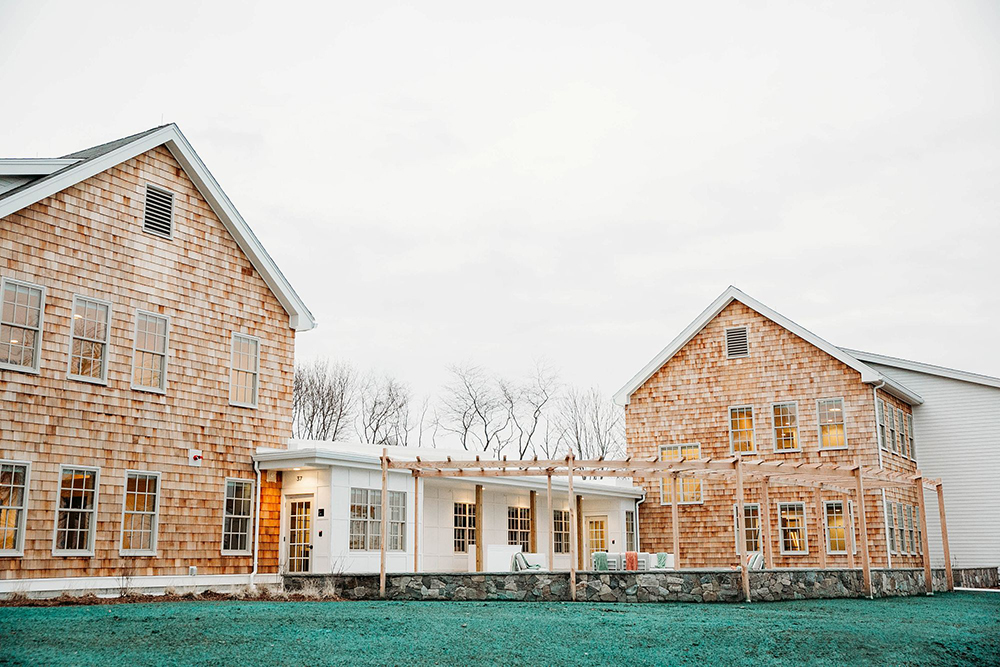Markets are recording some pushback on rates and rents - by David Kirk

Kirk & Co.
Seemingly unrelated, current commercial real estate capital markets and property markets are recording some pushback on rates and rents respectively. Also, a marginal decline in activity, volume and velocity. Summer stickiness was often historically attributed to summer vacations of loan and investment committee and board members, and summer vacations are probably still an overhanging factor. Labor markets are lively, and personal income is still sluggish. Fundamentals are sound if not robust.
The administration has suggested the FED hold the rates. Turns out that the Federal Open Market Committee (FOMC) is already diverse in the outlook and necessity of lock stepping through 2018 with two or three rate increases. The FOMC will pass at the July meeting today on rates. The FOMC minutes for the recent meeting will likely display the discord if not the reasoning for a pause. Economic trends plot a persistently gradual expansion with unemployment and inflation meeting FED targets. Only personal income, not a target just an expectation, lags in consistent persistent gains. Even the European Union is recording traces of outpacing the U.S. in periodic income gains. Let’s let it run its course. Consistency for the sake of consistency is nowhere. Although commercial real estate cycles are independent of economic or business cycles, mostly, the demand derived from job and income growth will certainly extend the so-called real estate cycle as well.
Capital markets have digested FED rate increases reasonably well, with gradual stable upward pressure. FOMC has communicated with the markets with diligence, transparency and consistency, all except mapping precisely the trajectory of the rates. Rippling rate activity has been orderly for most market segments with limited extraordinary risk and liquidity re-pricing. Commercial real estate capital markets have also been stable with some marginal upticks. Spreads have irregularly even contracted to leave rates unchanged.
Property markets are experiencing pipeline deliveries, contracting demand from existing tenants, and uncertainty from volatility in securities markets, disruption from reverberating trade talks and anxiety over cyclical durability. Complex global economic environment without a long or dire watchlist, almost mostly net upside risk, with nevertheless uncertainty. Landlords and investors as well as tenants are seeking a sustainable economic arrangement. Multifamily rents include concessions and commercial rents are stabilizing with some enticements. Sustainable rent rolls and occupancy are targets.
So, summer vacations are good!
Enjoy the summer!
David Kirk, CRE, MAI, FRICS, is principal and founder of Kirk & Company, Real Estate Counselors, Boston.
Preservation of Affordable Housing secures $23.5 million in financing from Rockland Trust and Citizens Bank


Examples of investors who used Kay Properties for legacy and estate planning purposes for rental property/portfolios - by Dwight Kay









